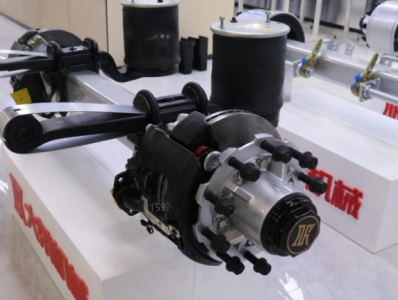Inventory of freight vehicles that are not dedicated to special vehicles
With the continuous improvement of the requirements for cargo transportation in all walks of life, there are more and more subdivided fields in the freight industry. Different transportation fields also put forward different requirements for the types of vehicles, so the concept of "special vehicle for special use" came into being. Such as muck trucks, mixer trucks, refrigerated trucks, hazardous chemical transport vehicles, etc.

However, in actual use, limited by factors such as supply of goods, freight costs, more vehicles and less goods, some special-purpose vehicles have also begun to "multiple vehicles for one vehicle" and "cross-border" goods trailer axle.
1. Low-bed semi-trailer
I am afraid that the most common type of "special vehicle is not dedicated" is the low-bed semi-trailer, which is what we often call a large truck.
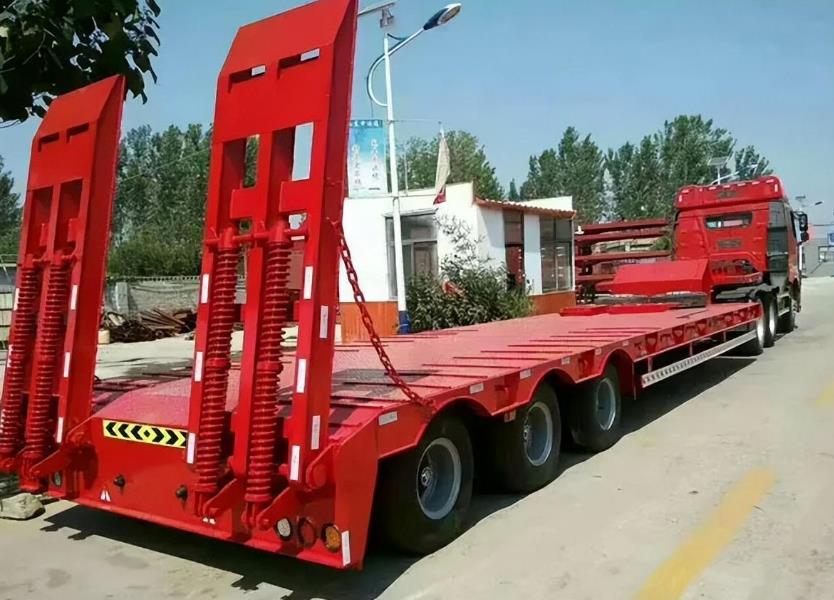
According to the announcement, large pallet trucks are special-purpose vehicles, specially used to transport large and non-disassembled cargo. Semi-trailers, such as 17.5 slabs and 13.75 slabs, are generally used for general cargo transportation, such as dumping goods, department stores, less-than-truckloads, home appliances, furniture, Green Express, express delivery, mechanical equipment, cement, sand and gravel, etc. The goods it transports, in the words of car owners, are "any kind of goods can be pulled, and any kind of money can be made".
The width limit of the low-bed semi-trailer is 3m, and the length is generally more than 13m. Being the chief culprit in disrupting the freight market is one of the reasons for the continuous decline in freight rates.
2. Skeleton container semi-trailer
Skeleton semi-trailer is welded by longitudinal beams, cross beams and front and rear end beams. Viewed from the top of the body, its bottom is exposed. Generally, it is mainly used for transporting containers. It is used in ships, ports, routes, highways, transfer stations, bridges, Used in logistics systems such as tunnels.
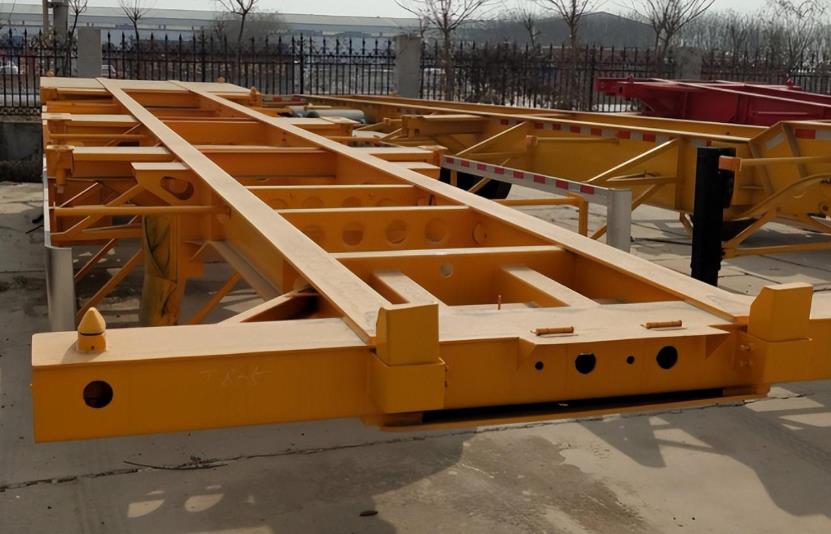
According to the announcement, the frame semi-trailer can be up to 13.95m long to better adapt to the standard container length of 45 feet on the market, which is 20cm longer than the van semi-trailer trailer axle.
However, in actual use, the extra space provided by the regulations failed to meet the desire of the market, and super-long, super-wide, and super-high containers appeared. Under less strict regulations, the loading volume was increased in violation of regulations.
What's more, the container of the top loading part is directly replaced with a refrigerated box, a grid top loading, a dump truck, etc., for transporting different types of goods. Although this kind of modification looks ingenious, it is actually dangerous, and it is a violation of laws and regulations.
3. Vehicle transport semi-trailer
That is, what is usually called a car carrier, as the name suggests, is a semi-trailer specially used to transport passenger cars such as cars, vans, commercial vehicles, and jeeps. Especially after the emergence of the concept of "zero-kilometer transportation" for new vehicles, the market coverage of sedan vehicles has also continued to increase.
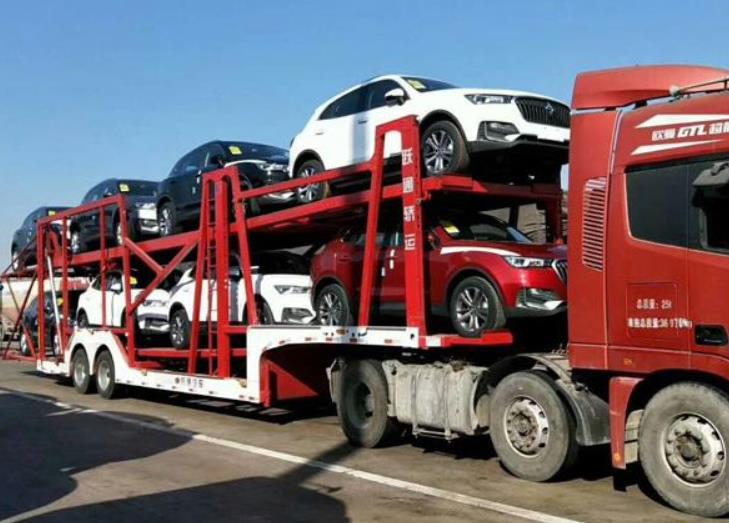
In general, car carriers can be divided into three types: skeleton type, fully enclosed type and semi-enclosed type. When the supervision was relatively loose in the past, some people were driven by interests to lengthen or widen the compartment, or change the single row to double row, so "single row", "single cage" and "small cage" appeared , "Two Monsters", "T Cage", "Airplane Jump", "Big Monster" and other vehicle nicknames.
With the gradual strengthening of the supervision of the vehicle transportation industry by relevant departments, illegally modified vehicles are relatively restrained. However, the phenomenon of "cross-border" transportation still exists trailer axle.
4. Refrigerated semi-trailer
In the freight market, cold chain transportation is the envy of ordinary car owners. Its supply of goods is relatively fixed, and there are many people who earn 20,000 to 30,000 yuan a month. However, with the influx of a large number of new vehicles and the emergence of the epidemic, the cold chain market seems to be no longer as popular as before, and some refrigerated trucks have even begun to grab business in the general goods market.
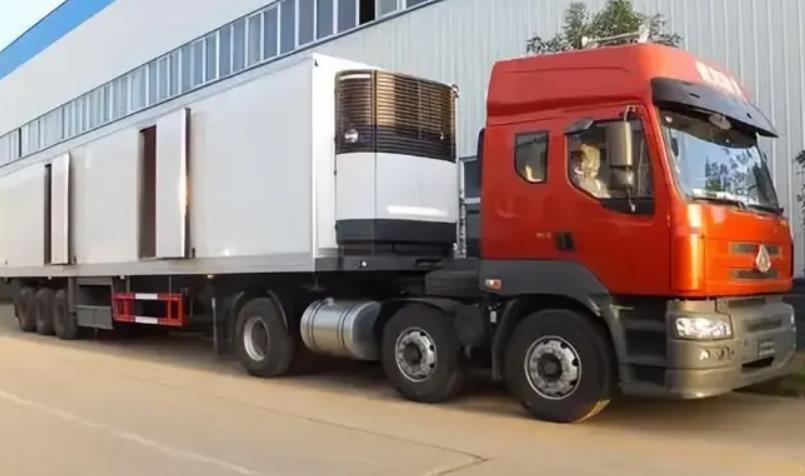
Especially for retail refrigerated vehicles, the source of goods cannot be found on the return journey, and the owners are unwilling to let the vehicles run empty, so if they cannot find cold chain goods, they will also pick up some ordinary goods. .
In fact, the transportation of general cargo by refrigerated trucks does not meet the regulatory requirements. Although the refrigerated truck looks not too different from the box car, according to the "Regulations on Road Freight Transportation and Station Management", the refrigerated truck belongs to the category of "special transportation" that "uses refrigerated and fresh-keeping equipment" for transportation. If the "dedicated transportation of goods (refrigerated and fresh-keeping equipment)" is marked, it is not allowed to carry out general cargo transportation, otherwise it is likely to face punishment once it is investigated and dealt with.
5. Hazardous chemicals transport vehicle
The transportation of hazardous chemicals is a special transportation, which has certain safety risks. The general review procedures, qualification conditions, transportation supervision and other links are much stricter than ordinary cargo transportation.
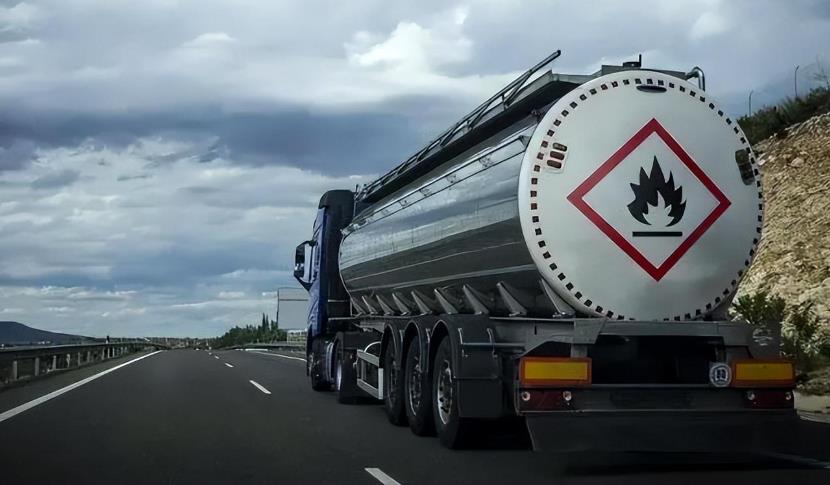
Hazardous chemical transport vehicles Lapp cargo is relatively rare in normal times, but it is not uncommon, so does this meet the requirements of regulations? In fact, the regulations have clearly stipulated this:
Tank-type special vehicles or special vehicles for transporting toxic, infectious and corrosive dangerous goods shall not be used to transport general goods; other dangerous goods transport vehicles shall meet certain conditions, such as cleaning and disinfecting dangerous goods vehicles or passing through hazardous After being eliminated and inspected up to the standard, it can be used to transport ordinary goods, and dangerous goods and ordinary goods shall not be mixed for transportation.
It can be seen that if the hazardous chemical transport vehicle meets the corresponding standards, it can also be engaged in general cargo transportation.
After seeing these cases of "cross-border" transportation by special vehicles, many ordinary truck owners expressed a headache: the general cargo market has only those sources of goods, and ordinary vehicles cannot be divided, and special vehicles also come to grab, even in order to grab orders. How can the owners of ordinary trucks survive?
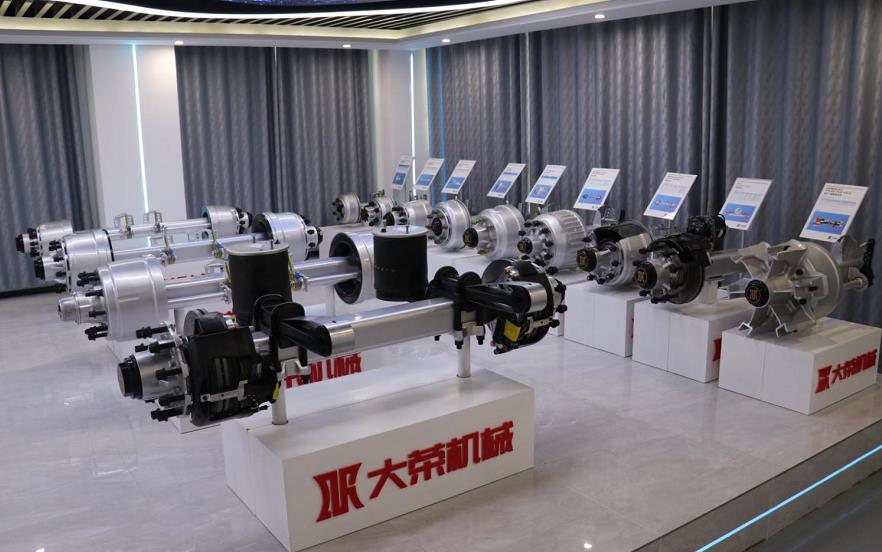
From a macro point of view, this "cross-border" transportation chaos is not conducive to the long-term development of the freight market. "One vehicle with multiple uses" may be the immediate needs of transportation participants, but it is not the ultimate appeal of the freight industry. Perhaps in the actual implementation of regulations, due to the different implementation standards, to a certain extent, it provides a breeding ground for non-exclusive use of special vehicles, but car owners should be clear that existence does not mean reasonable. If it is determined that it is an illegal behavior, it is best to Don't do it, or if you get caught, you will lose more than you gain.






